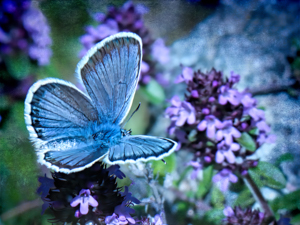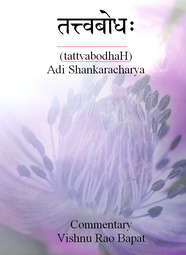Q: When the jIva removes the ignorance of his real nature, and realizes Atman is his Real unchanging Self, if the body dissolves, what happens afterwards?
If there is no further birth, do we then remain as Absolute, without name and form, without knowing anything other than pure Self? Is it like space all being uniform without any form? Is there nothing that is known? Surely it doesn’t remain In an absolute ‘stateless state’ of no Knowing?
A: There have been a couple of questions around this before – see http://www.advaita.org.uk/discourses/q_and_a/q_and_a44.htm#q263 for example.
Your question is based on a misunderstanding. At the empirical level, there is indeed a ‘person’ who may or may not become enlightened. If he/she does gain Self-knowledge, then clearly the outlook of the person for the remainder of his/her ‘life’ is going to be different.



